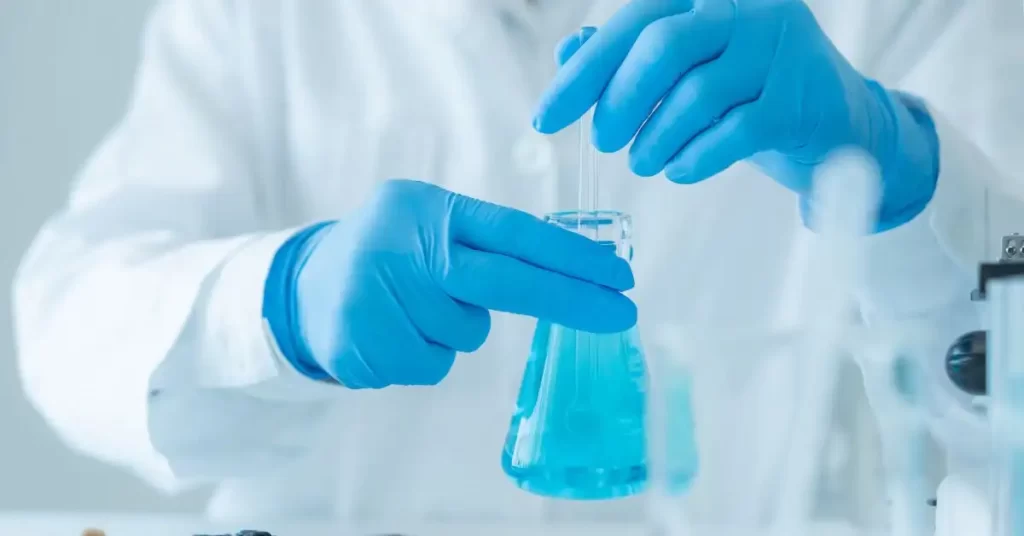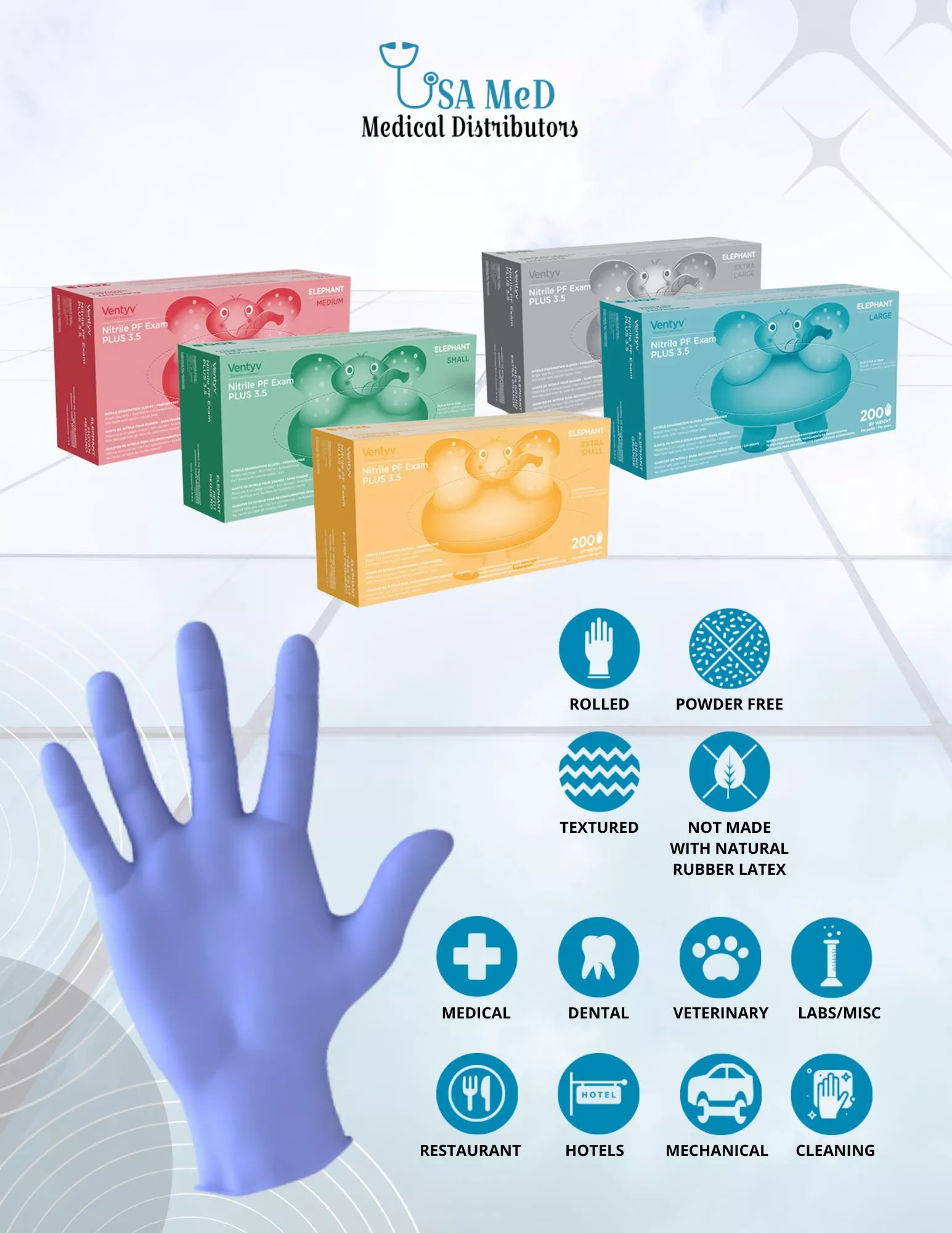
Understanding the Causes and Solutions for Hands Breaking Out from Gloves
Why You Should Care About Hands Breaking Out from Gloves When it comes to personal protective equipment, gloves are often taken for granted. However, the


When it comes to personal protective equipment (PPE), understanding glove chemical resistance is crucial. Especially for maintaining safety in environments where exposure to harmful substances is a part of the daily routine. Whether you work in a laboratory, a chemical plant, or even in a medical setting, the right gloves can protect against potential hazards. In this article, we’ll delve into the details of glove chemical resistance, focusing particularly on the benefits of nitrile gloves for their superior chemical resistance properties.
At the heart of understanding glove chemical resistance is the ability to match the glove material with the substances you’ll encounter. Different materials react differently to various chemicals. Using the wrong type of glove can result in breakthrough times that could compromise safety. Nitrile gloves, for instance, are known for their excellent resistance to oils, acids, and certain solvents. This makes them a popular choice in many industrial and healthcare settings. The polymer properties of nitrile contribute to low permeability, offering a robust barrier that protects the skin from hazardous permeation.
Understanding glove chemical resistance helps in selecting the right gloves for the job. Nitrile gloves are particularly favored in scenarios where chemical resistance is a priority. They are produced through synthetic rubber, which provides impressive puncture resistance and a high degree of chemical protection. Their design makes them versatile enough for tasks that require both dexterity and robust protection. When involved in tasks ranging from automotive maintenance to laboratory research, ensuring that your protective gear, like nitrile gloves, can withstand exposure to specific chemicals can prevent many workplace accidents.
While understanding glove chemical resistance is important, it is equally critical to consider the ergonomic aspects of glove selection. A glove that’s too bulky might limit dexterity, while a glove that’s too thin might not provide adequate protection. Nitrile gloves strike a good balance between protection and comfort, offering wearers the ability to handle intricate tasks without compromising safety. Additionally, they are latex-free, which reduces the risk of allergic reactions among users sensitive to latex. Analyzing both the material’s durability and compatibility with the chemicals present in your work environment is essential in making the correct glove choice.
In conclusion, understanding glove chemical resistance is fundamental to ensuring safety and efficiency in various work environments. Nitrile gloves offer a significant advantage due to their superior chemical resistance characteristics. It made them an ideal choice for workers exposed to potentially harmful substances. By integrating a thorough understanding of chemical resistance into the selection process, individuals and employers alike can enhance safety measures, protect against chemical exposure, and maintain productivity. Whether in a lab, a mechanic’s workshop, or any field dealing with chemicals, ensuring you are equipped with the right glove protection is key to minimizing risk and maintaining hand safety.

Why You Should Care About Hands Breaking Out from Gloves When it comes to personal protective equipment, gloves are often taken for granted. However, the

The Pros and Cons of Using Vinyl Gloves for Hair Dyeing When it comes to hair dyeing, one crucial question arises: can you use vinyl

Understanding Latex Allergies: What Causes the Rash? It is important for individuals at risk to have a good understanding of latex allergies. Symptoms of latex

Common Materials Used in Surgical Gloves: A Breakdown When it comes to surgical gloves, understanding what are surgical gloves made of is crucial for ensuring

The Importance of Proper Fit for Nitrile Gloves When it comes to nitrile gloves, the importance of proper fit cannot be overstated. Many users may
Driven by a passion for excellence, our mission is to consistently deliver the highest quality products at the most affordable prices. We aim to exceed customer expectations, creating value and trust.


Phone Number: (239) 266 -1290
Email Addresses:
sales@usamedicaldistributors.com
customercare@usamedicaldistributors.com
Mailing Address :
501 Goodlette, Frank Rd N A105, Naples, FL 34102
Copyright 2022 – 2024. USAMED Medical Distributors. All rights reserved.
Privacy Policy | Return and Refund Policy
| Website by M. Escober